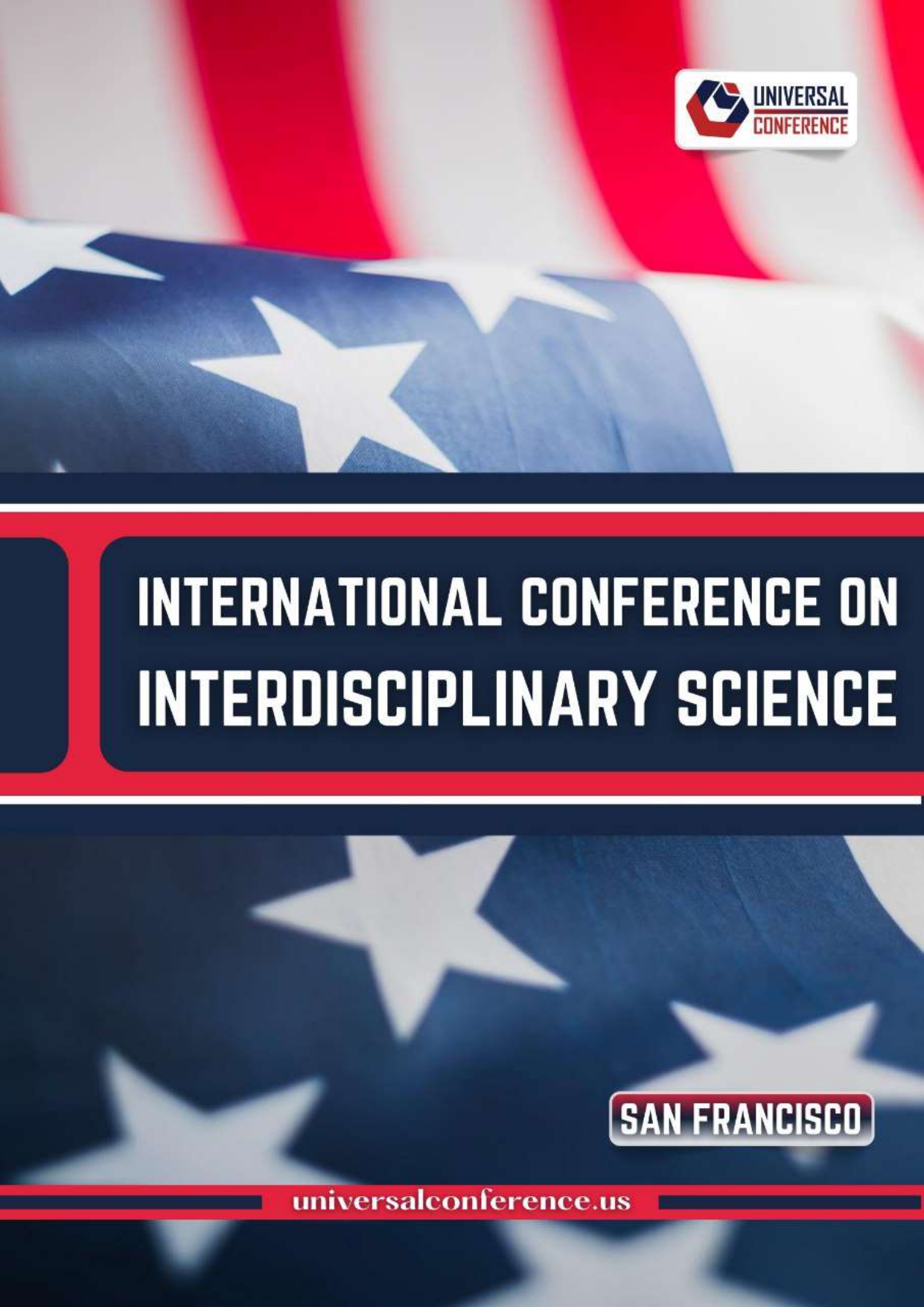CHALLENGES AND SOLUTIONS IN TEACHING ENGLISH LITERATURE TO HIGH SCHOOL STUDENTS
Keywords:
high school English literature, student engagement, critical thinking, historical context, differentiated instruction, literary analysisAbstract
This article addresses frequent problems that teachers have when instructing high school pupils in English literature and offers workable answers. The requirement for strong critical thinking abilities, complicated textual language, unknown historical and cultural backgrounds, and low student participation are some of the main obstacles. The essay makes recommendations for tactics including relating subjects to students' own experiences, progressively expanding vocabulary, providing historical context through multimedia, and teaching analytical abilities in phases. It also emphasizes how crucial it is to accommodate different learning styles and strike a balance between test preparation and creative pursuits. By making literature more approachable, interesting, and pertinent, these methods hope to deepen students' appreciation and comprehension of literature.
References
1. Appleman, D. Critical Encounters in Secondary English: Teaching Literary Theory to Adolescents. – New York: Teachers College Press, 2015. – 256 p.
2. Beach, R., Appleman, D., Hynds, S., & Wilhelm, J. Teaching Literature to Adolescents. – New York: Routledge, 2010. – 384 p.
3. Probst, R. E. Response and Analysis: Teaching Literature in Junior and Senior High School. – Portsmouth, NH: Heinemann, 1988. – 256 p.
4. Rosenblatt, L. M. Literature as Exploration. – New York: Modern Language Association, 1995. – 279 p.
5. Jumayeva, M. B. (2023). Classifications of Cardinal Numbers and Ordinal Numbers in English And Uzbek. Ijtimoiy Fanlarda Innovasiya Onlayn Ilmiy Jurnali, 3(2), 132-134.
6. Mohira, J. (2023). Problematic Situations That Arise in Learning Foreign Languages and Their Solutions. International Journal of Recently Scientific Researcher's Theory, 1(2), 414-417.
7. Jumayeva, M. B. (2023). Chet Tillarini Oʻrganishda Ommaviy Axborot Vositalarining Oʻrni va Ahamiyati. Boshqaruv va Etika Qoidalari Onlayn Ilmiy Jurnali, 3(5), 240-242.
8. Jumayeva, M. (2022). Analysis of The Views of Scientists Of The Renaissance, Based on A Unique Approach To Pedagogy And Education And Upbringing. Science and Innovation, 1(5), 26-29.
9. Bekzodovna, J. M., & Akbarovna, D. G. (2023). Innovative Methods and Tools in Higher Education. Science and Innovation, 2(11), 708-715.
10. Jumayeva, M., & Jumatova, B. (2023). Linguopragmatic Features Of Expressions Expressing Feelings In Uzbek And English Literary Texts. Science and innovation, 2(C12), 166-169.
11. Jumayev, F. B., & Jumayev, B. N. (2023). Technology of Using of Didactic Games in English Language Lessons. Boshqaruv va Etika Qoidalari Onlayn Ilmiy Jurnali, 3(4), 112-115.







